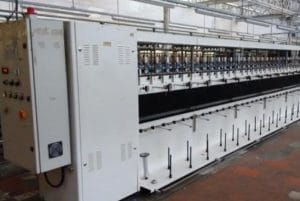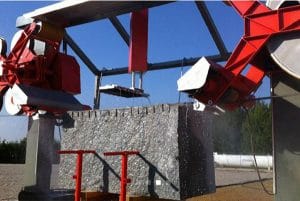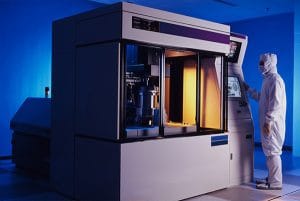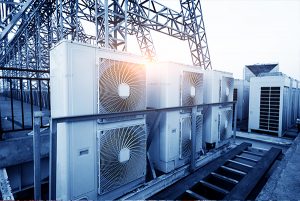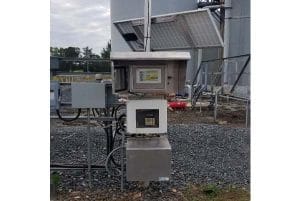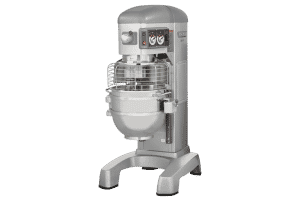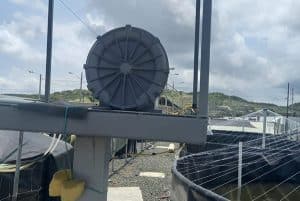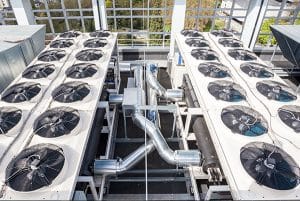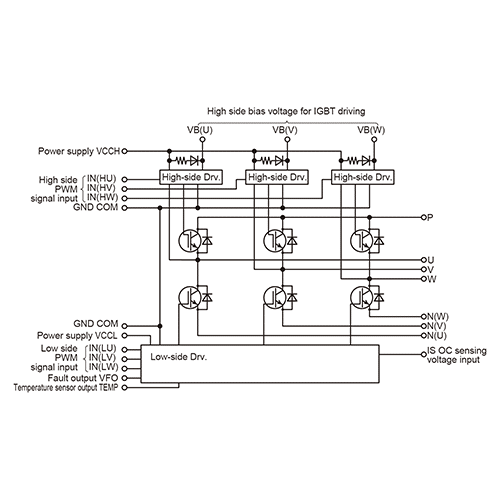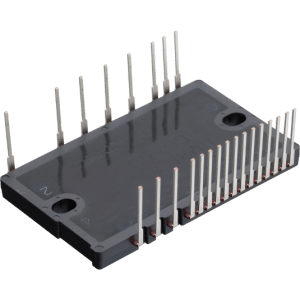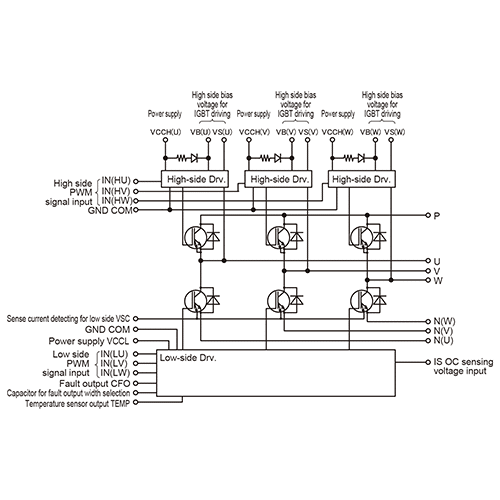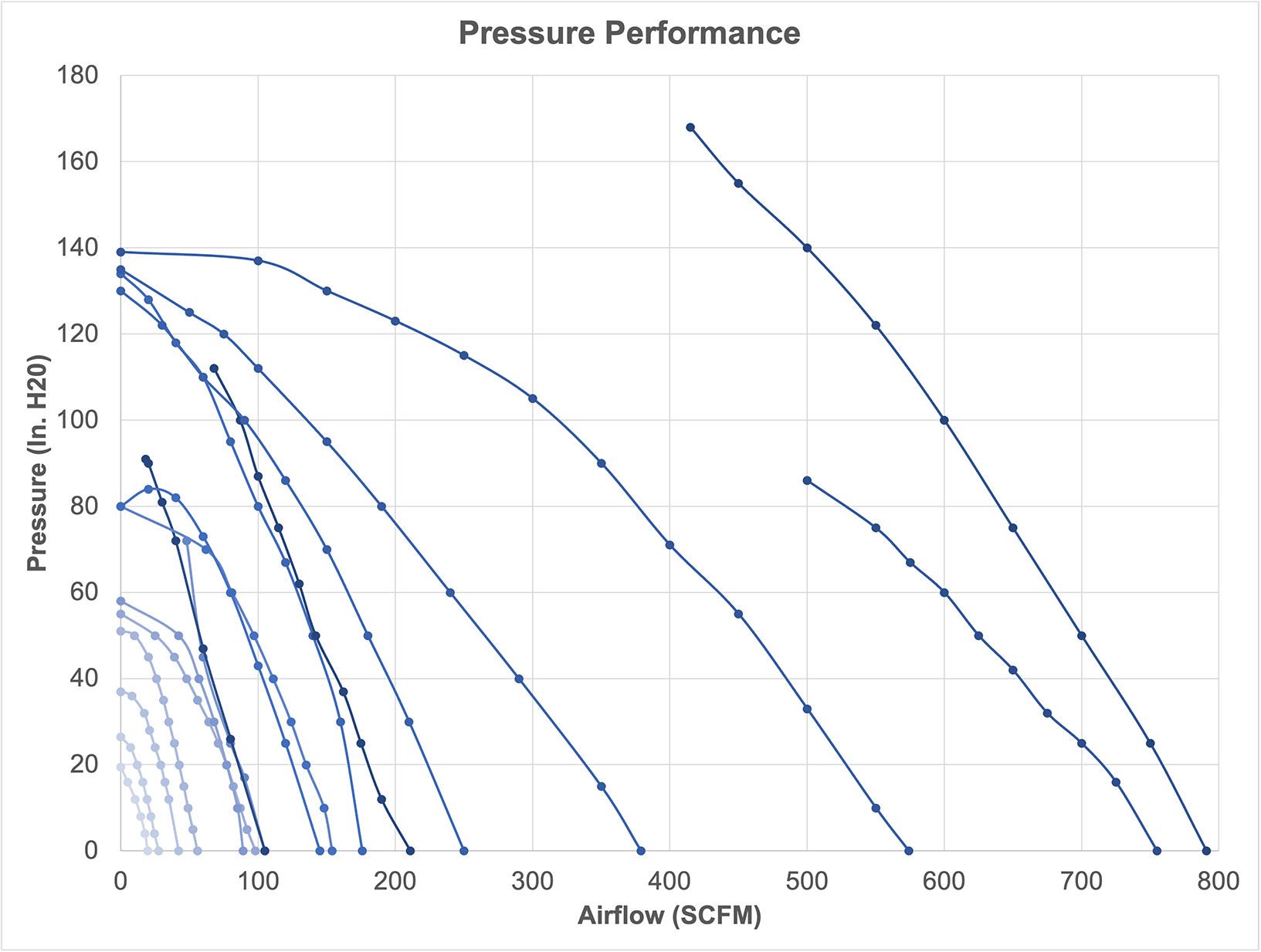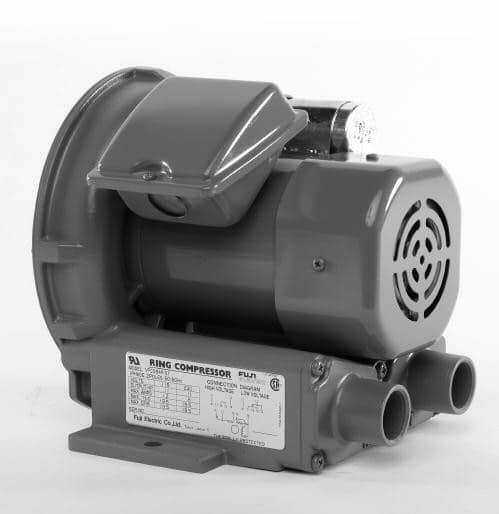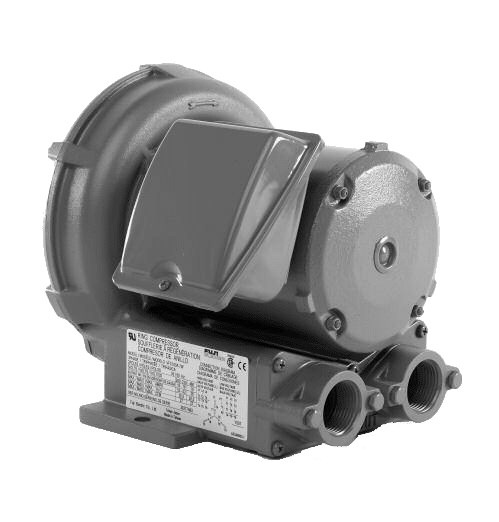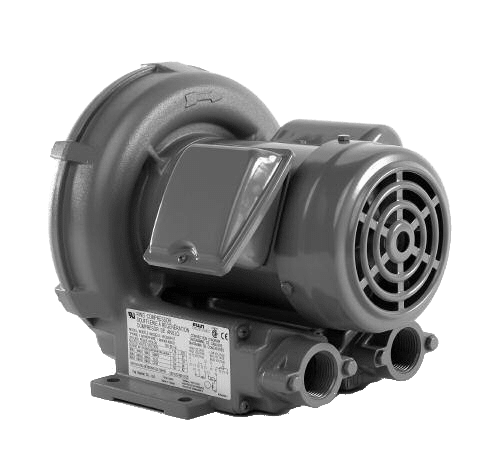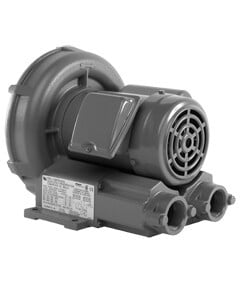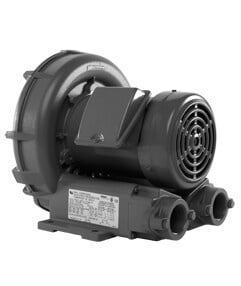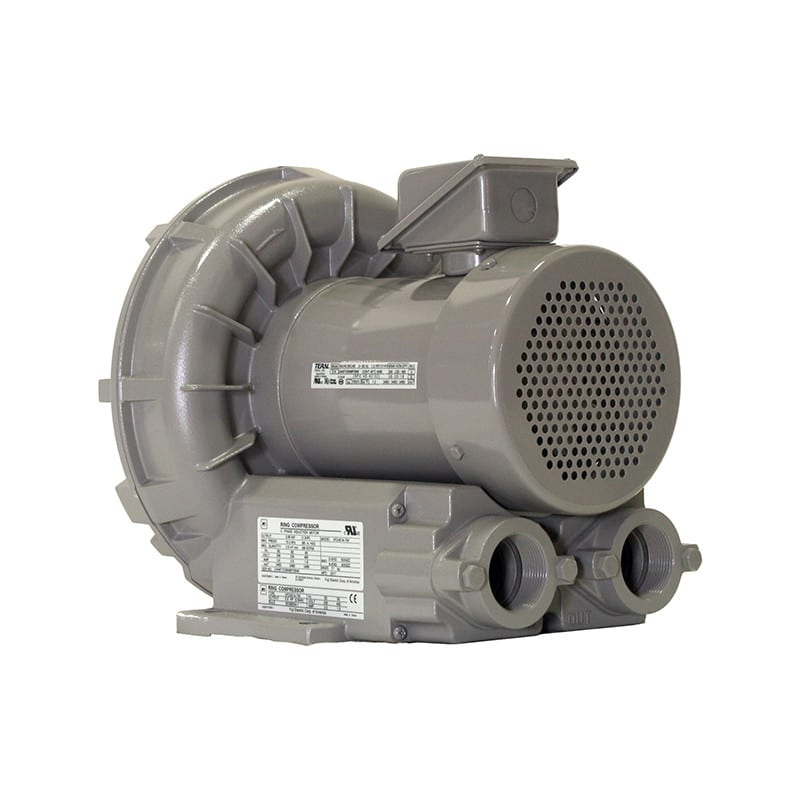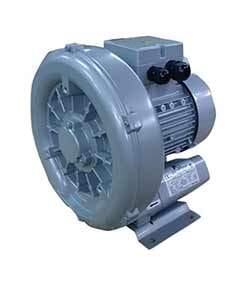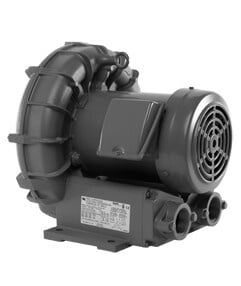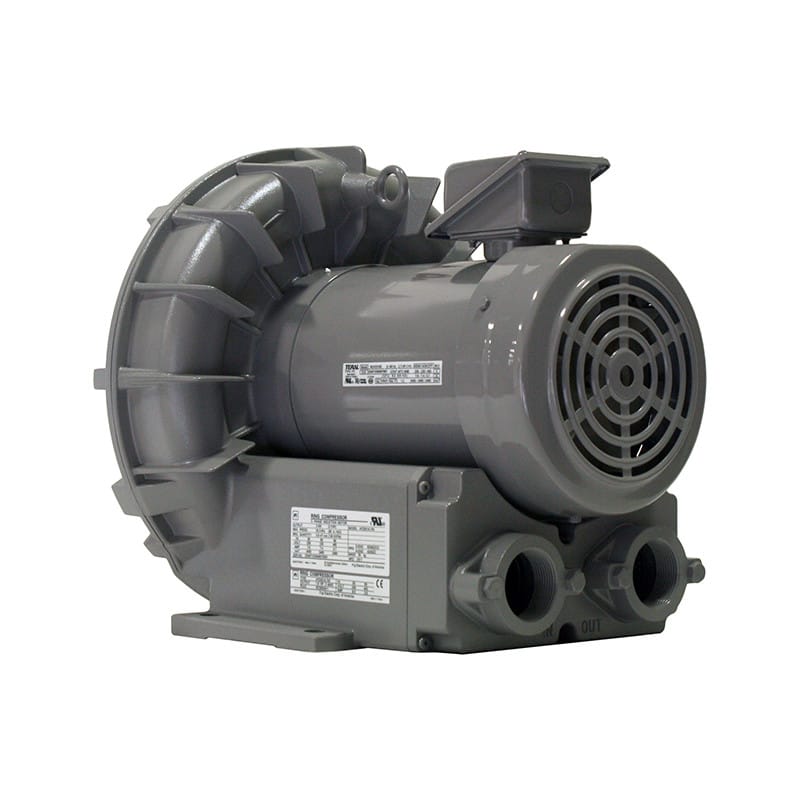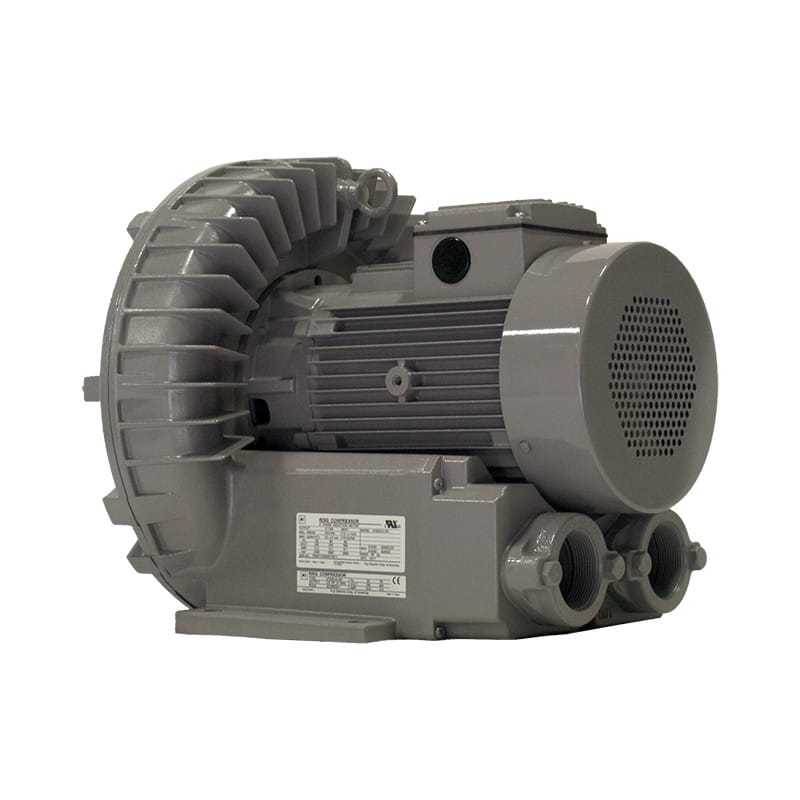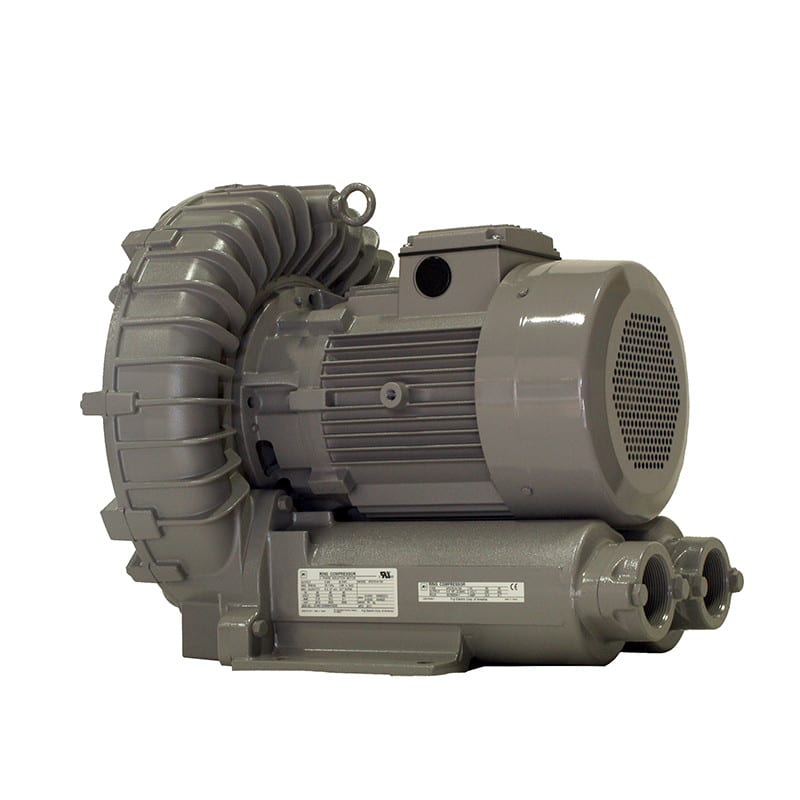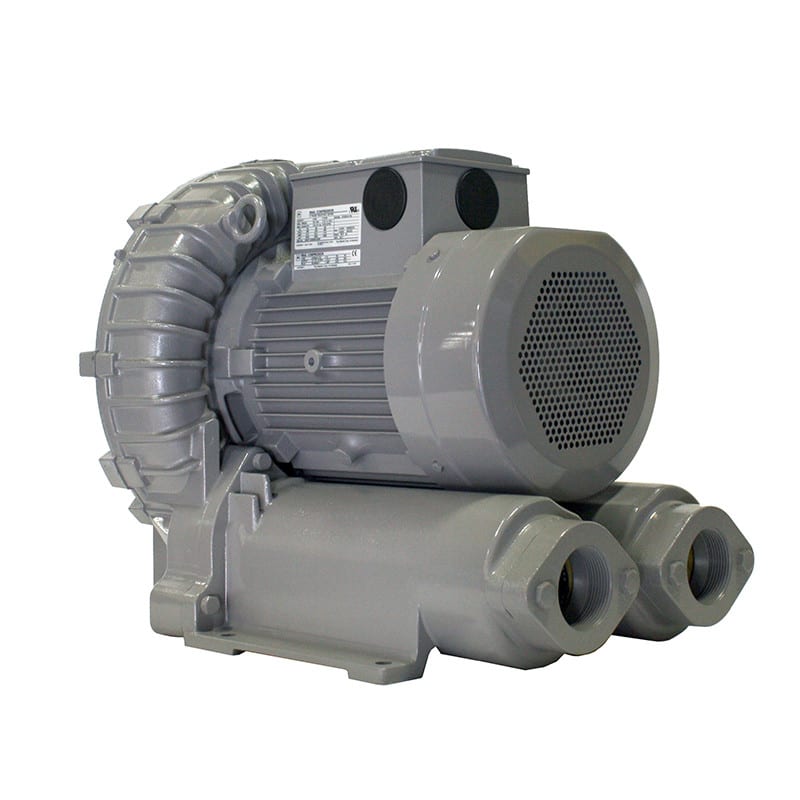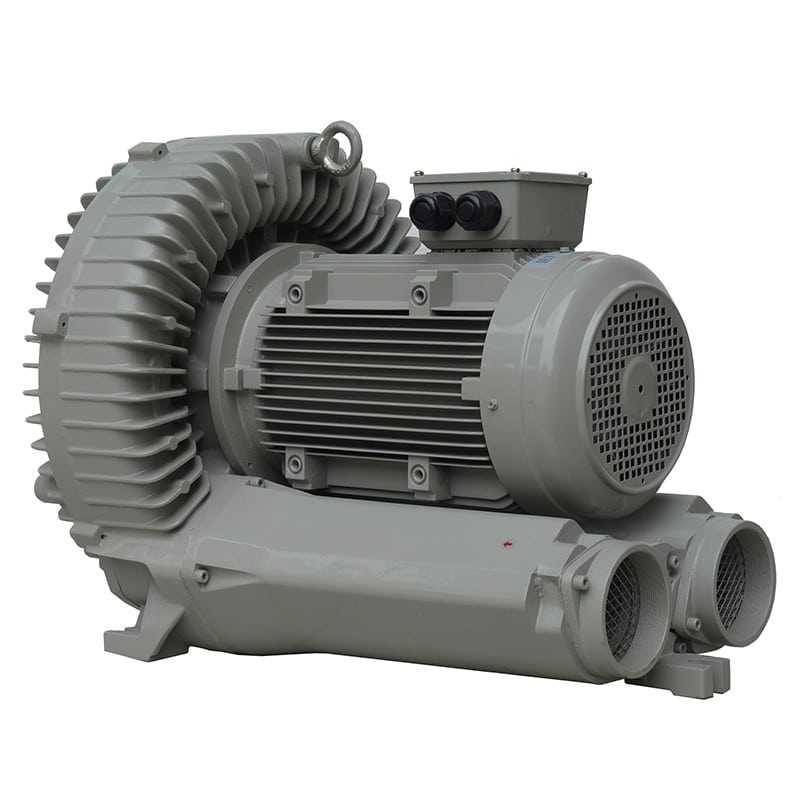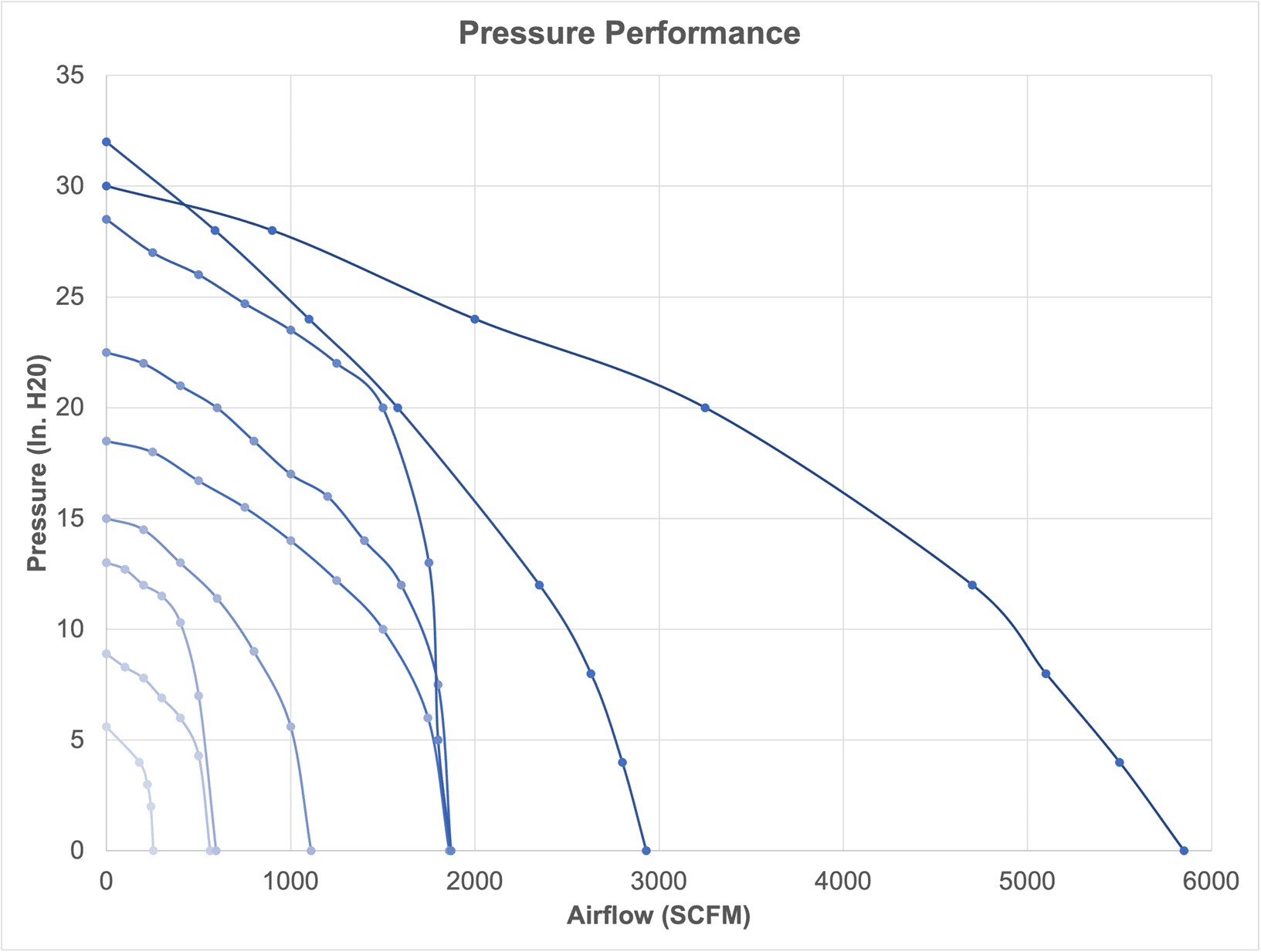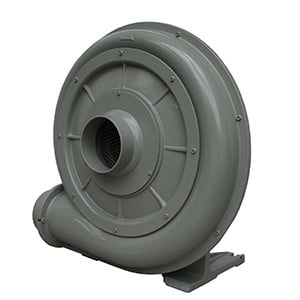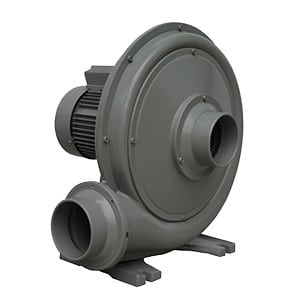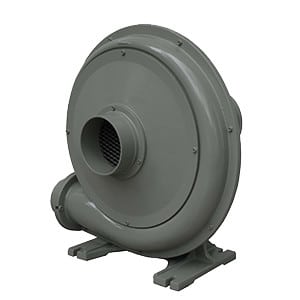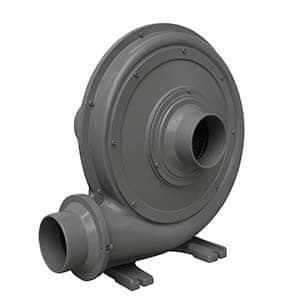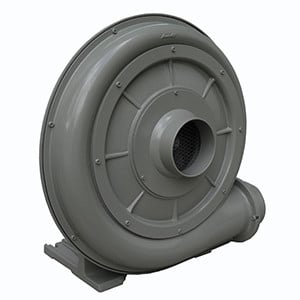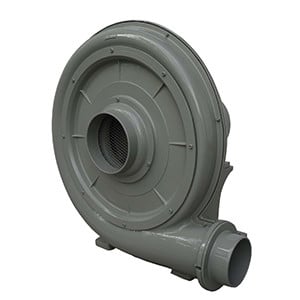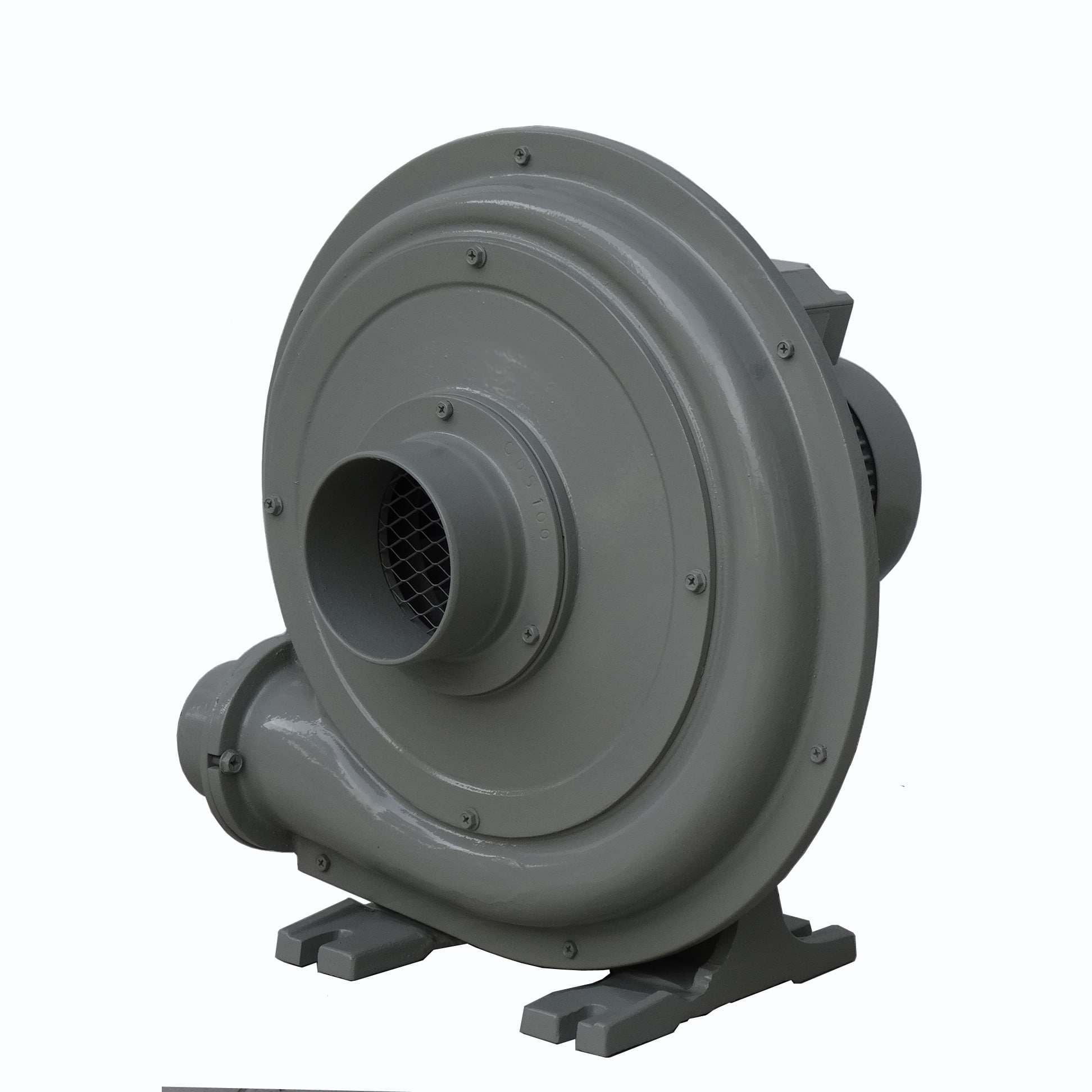Both UPS (Uninterruptible Power Supply) systems and generators provide backup power—but they serve very different purposes in terms of response time, power quality, and application. Understanding these differences is key to designing a resilient and efficient power protection system.
What is a UPS?
A UPS is an electronic device that provides instantaneous power to critical loads during a power disruption.
Key Features:
- Immediate response (0–10 milliseconds, often seamless)
- Typically uses batteries (or capacitors) to store energy
- Maintains power quality (voltage regulation, frequency stability)
- Operates for short durations—enough to ride through short outages or allow orderly shutdown/start of generators
Ideal For:
- Data centers
- Hospitals (for critical equipment)
- Industrial automation controls
- Telecommunications
- Any sensitive load requiring zero downtime
What is a Generator?
A generator is a mechanical engine-driven system that converts fuel (diesel, natural gas, etc.) into electricity.
Key Features:
- Starts up after a delay (typically 10–60 seconds)
- Provides extended backup power—can run for hours or days with sufficient fuel
- Requires maintenance, ventilation, and fuel management
- Does not condition power—needs ATS (Automatic Transfer Switch) and sometimes a UPS for critical loads
Ideal For:
- Commercial facilities
- Factories and warehouses
- Whole-building backup
- Long-duration outages
Comparison: UPS vs Generator
|
Feature |
UPS |
Generator |
|
Response Time |
Instantaneous (milliseconds) |
Delayed (10–60 seconds typical) |
|
Backup Duration |
Short (minutes to ~1 hour) |
Long (hours to days) |
|
Power Source |
Batteries or flywheels |
Fuel (diesel, gas, etc.) |
|
Power Conditioning |
Yes (filters, regulates power) |
No (may need additional equipment) |
|
Maintenance |
Low (mainly battery checks) |
High (engine, fuel, oil, etc.) |
|
Noise & Emissions |
Silent, no emissions |
Noisy, produces exhaust |
|
Installation Needs |
Indoor, compact |
Requires space, exhaust, ventilation |
|
Best Use Case |
Critical electronics |
Whole-facility or long outages |
How They Work Together
In mission-critical environments, UPS and generator systems are often used together:
- Power goes out
- UPS immediately supplies power to critical systems
- Generator starts within 10–60 seconds
- Once stable, the load is transferred to the generator
- UPS recharges and stands by for the next event
Summary
- UPS: Instant power, short-term, power quality = best for sensitive equipment
- Generator: Delayed power, long-term, bulk energy = best for extended outages





